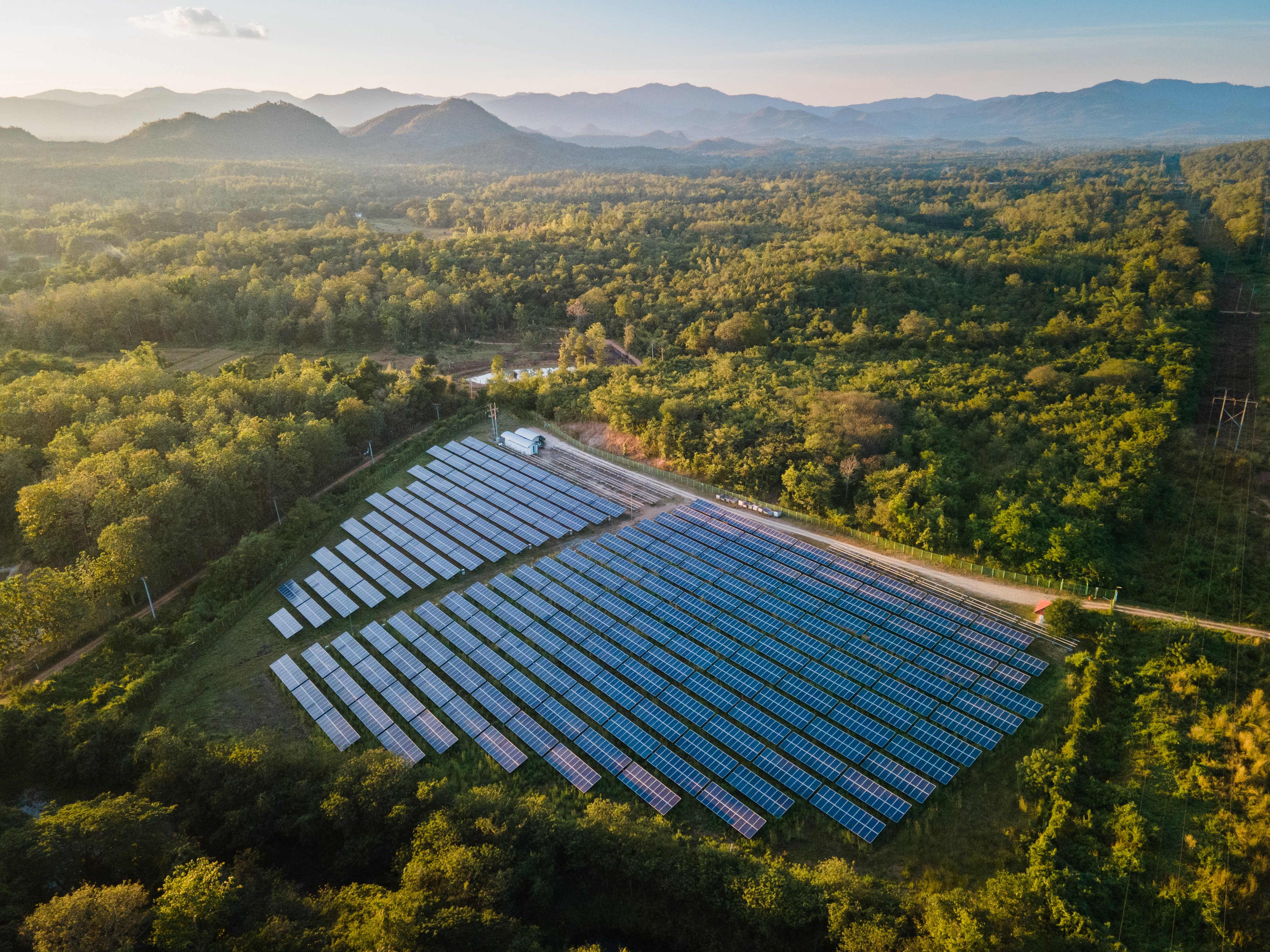
The Net Zero Investment Framework (NZIF) provides guidance for investors who have set a net zero commitment. Explore NZIF’s target-setting below to understand the portfolio and asset level targets, the difference between aligned and aligning assets, and the importance of climate solutions.
NZIF was launched in March 2021. More than 110 IIGCC members contributed to its development, and it is endorsed by investor net zero initiatives including the Net Zero Asset Managers and Paris Aligned Asset Owners initiatives. It is the most widely used guidance by investors who have set a net zero commitment, helping to set targets and increasingly offering guidance for investor transition plans.
Why set targets?
Investors know that objectives and targets represent the direction and ambition of a net zero investment goal. They act as a means to monitor the effectiveness of net zero strategies. NZIF offers guidance to help investors set clear, science-based targets that are consistent with the Paris Agreement at both the portfolio and asset class level.
Compatible with all credible data sources
NZIF has intentionally flexible data selection criteria – this helps investors to use a wide range of sources to assess asset alignment. This, and its compatibility with other guidance, helps investors to build the most accurate picture possible.
For instance, for listed corporate assets, IIGCC recommends investors use data from Climate Action 100+, the Transition Pathway Initiative (TPI) and the Science Based Targets initiative (SBTi). IIGCC also provides support to investors to navigate the data products available to plug the gaps in their data needs, including the Net Zero Data Catalogue.
NZIF has intentionally flexible data selection criteria
From the outset, NZIF has been designed to provide a basis on which a broad range of investors can make commitments to achieving net zero emissions. It continues to help a growing number to define strategies, measure alignment, and transition portfolios.

Complementary targets to decarbonise portfolios
NZIF currently has four targets which are designed to complement each other, and so it is helpful to take a holistic approach to NZIF target setting from the beginning. The four targets are:
Portfolio coverage target: This forward-looking, long-term target focuses on real world decarbonisation. To set this target, investors need to look across their portfolio at different assets, assess their alignment with net zero, then achieve the targets through asset selection, management, engagement, and selective divestment (when all else has failed).
The most effective way of achieving this target depends on the context. For example, management is crucial when it comes to decarbonising real estate. Divestment tends to be a last resort, as it will decarbonise an investor’s portfolio but does not decarbonise the activity itself.
This target is focused on long term improvements, and while the criteria differs slightly for each asset class, they broadly encompass: a 2050 goal consistent with achieving global net zero; short and medium-term emissions reduction targets; current emissions intensity performance (Scope 1, 2, and material Scope 3); disclosure of Scope 1, 2 and material Scope 3 emissions; a decarbonisation strategy; and capital allocation consistent with achieving net zero by 2050.
The five alignment categories are: i) achieving net zero, ii) aligned, iii) aligning, iv) committed to aligning, v) not aligned. NZIF clearly defines each category.
Divestment tends to be a last resort, as it will decarbonise an investor’s portfolio but does not decarbonise the activity itself.
Engagement threshold target: This target supports the portfolio coverage target above. It implies targeted engagement with the highest emitting assets in an investor’s portfolio. The engagement threshold target should ensure that at least 70% of financed emissions in material sectors are either net zero, aligned with a net zero pathway, or are the subject of engagement and stewardship actions (either direct or collective).
This threshold should increase to at least 90% by 2030. This target is supported by other tools IIGCC has released including the Net Zero Stewardship Toolkit.
Portfolio decarbonisation reference target: This is an overall target to incentivise carbon emission reduction across the portfolio. It defines anticipated progress over a maximum 10-year period, allowing climate objectives to be integrated into fund allocation related processes. It also allows for assessment of net zero strategies to understand if they have had the intended effect. The Portfolio Coverage Target and the Engagement Threshold Target are envisaged as the means through which this target is achieved.
This is the only target where an investor decides whether to set a target on absolute reduction or intensity reduction in emissions, and each has its strengths and weaknesses. We recommend gathering data on both metrics, as this will allow investors to accurately attribute changes to their emissions to the correct factor.
Allocation to climate solutions target: This target involves setting an investment target in climate solutions, which can be a set number, or a share of AUM. Climate solutions are essentially businesses that drive or underpin substantial reductions or removal of greenhouse gas emissions through their activities. For more information read our Climate Solutions Guidance.
More asset owners than asset managers have set climate solutions targets. Both investors and climate experts view accelerating funding towards these channels as vital to achieving economy-wide emissions reductions and investors expect this field to grow in the coming years.
The portfolio coverage target and the engagement threshold target are both asset level targets, while the portfolio decarbonisation reference target and the allocation to climate solutions target are portfolio level targets. The asset level targets are objectives over the short term, and they help investors achieve the longer term portfolio level targets. In essence, they’re a means rather than an end.
Climate solutions are businesses that drive or underpin substantial reductions or removal of greenhouse gas emissions through their activities.
Target-setting is only one step
Setting an NZIF target is only one step of the journey. Before doing so, we recommend that investors put in place the right internal systems and processes. NZIF helps investors to understand the scope of their targets and set a list of priorities. The way it creates complementary, transparent targets can also be inspiring for those setting targets, with 300 targets set using NZIF so far. Its transparency enables peer-to-peer comparison which helps to encourage action.
But the crucial next step is implementation. This requires working across teams to take all elements of the targets into consideration. It is important that the ‘ESG’ team is not siloed from the overall investment team, but instead works together to understand and achieve their net zero ambitions.
If you’d like to take part in our working groups and be the first to see insights and analysis, why not speak to our investor relations manager today to find out more about becoming a part of IIGCC.